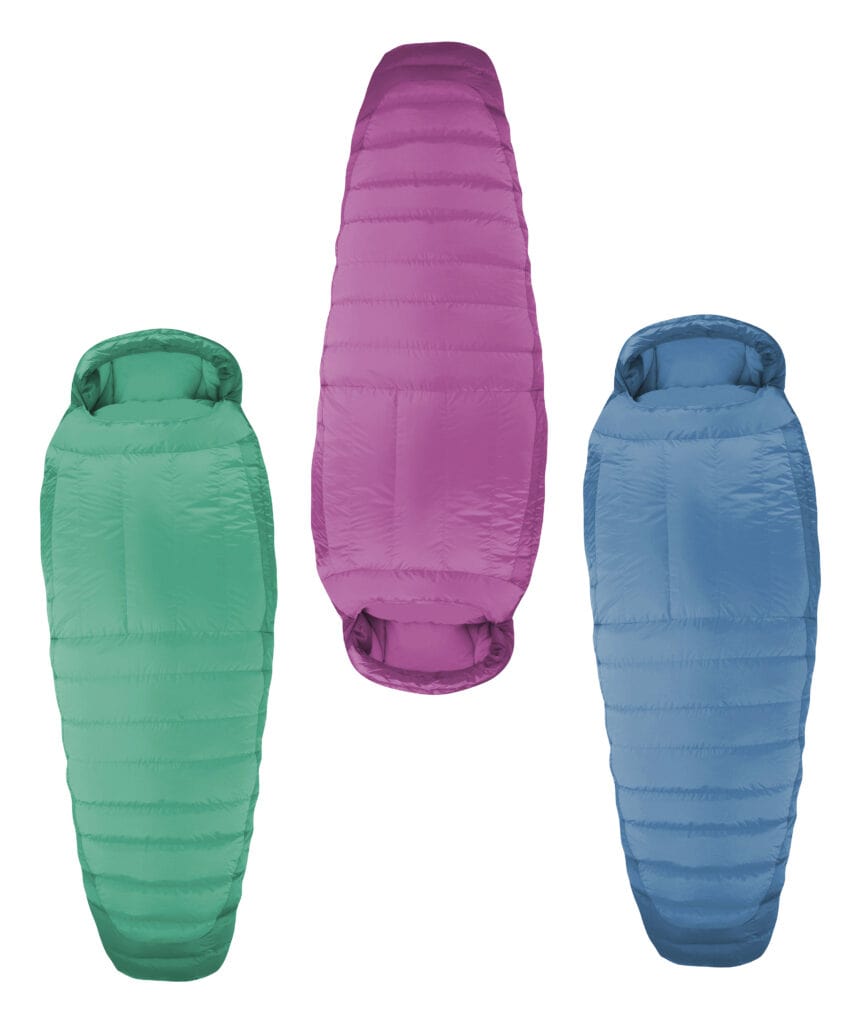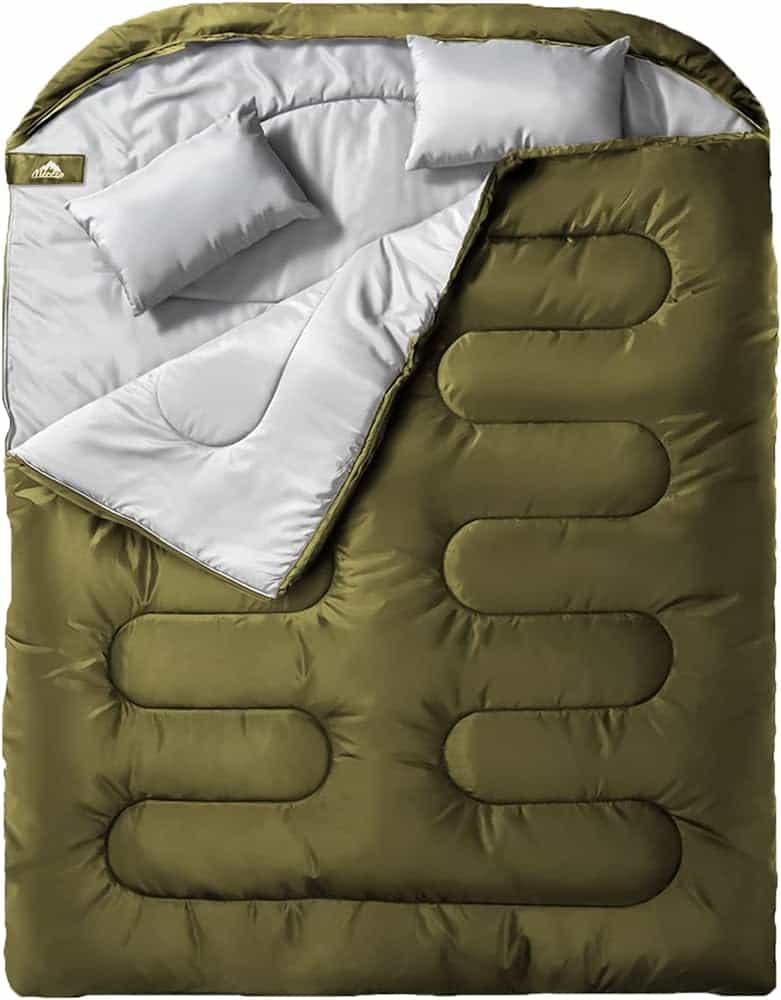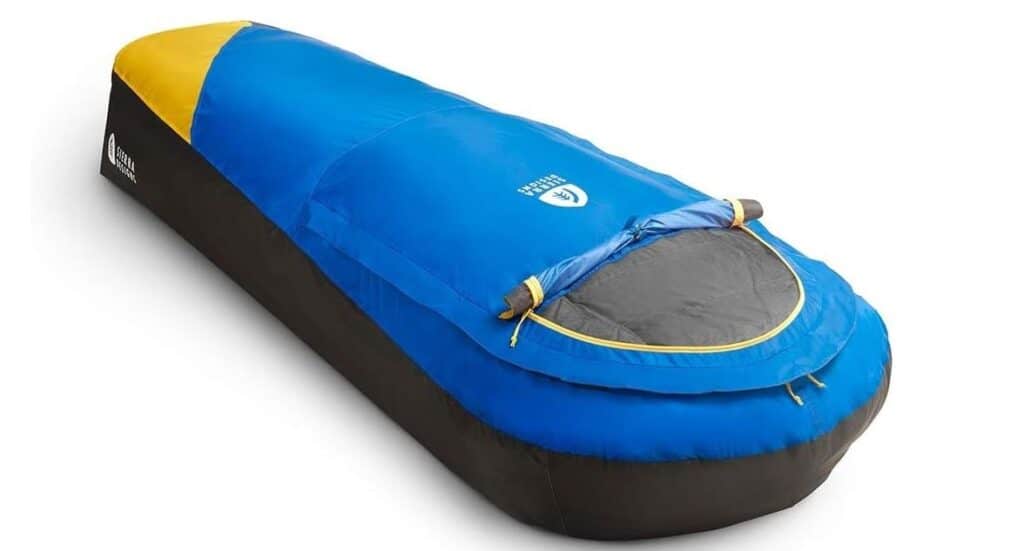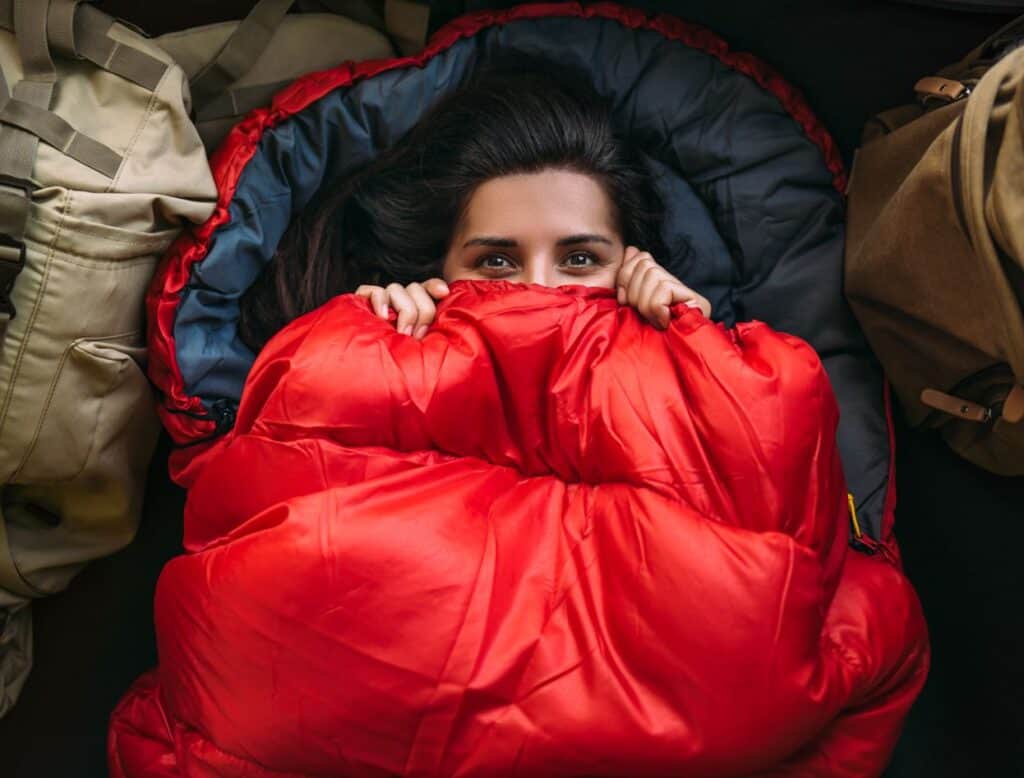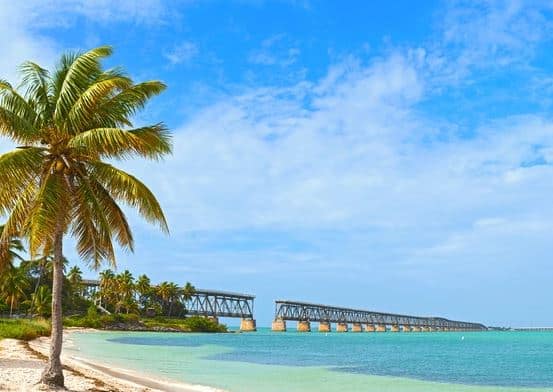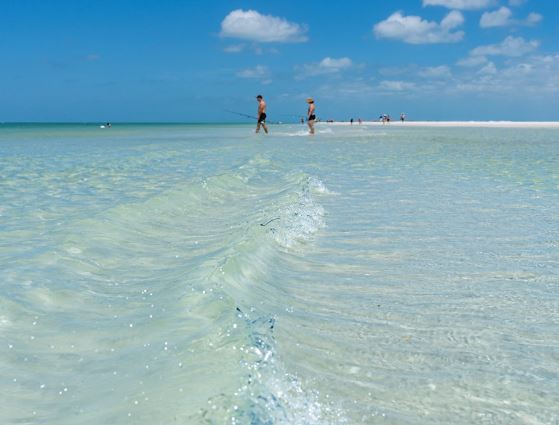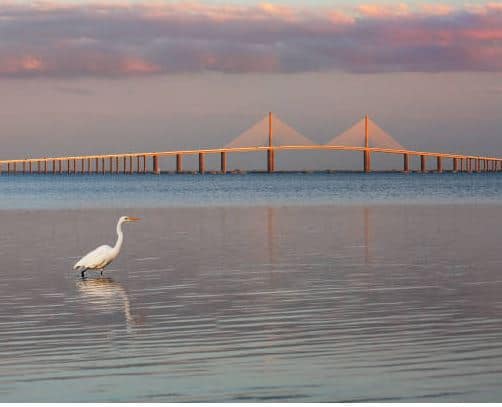Tired of tossing and turning all night? Say goodbye to sleepless nights and hello to a blissful slumber with the best sleeping bags on the market. Whether you’re planning a camping trip or simply want to snuggle up in the comfort of your own home, investing in a high-quality sleeping bag can make all the difference.
With so many options available, it can be overwhelming to determine which sleeping bag is right for you. That’s where we come in. In this article, we’ll uncover the secret to a good night’s sleep by exploring the features that make the best sleeping bags stand out from the rest. From insulation and materials to temperature ratings and weight, we’ll guide you through the essential factors to consider when choosing the perfect sleeping bag.
Not only will a great sleeping bag keep you warm and cozy, but it can also enhance your camping experience by providing ultimate comfort and durability. So, if you’re ready to wake up refreshed and rejuvenated, it’s time to invest in the best sleeping bag for your needs. Get ready for sweet dreams and an unforgettable night’s sleep.
Importance of a good night’s sleep
Sleep is an essential part of our daily lives. It helps us recharge our bodies and minds, allowing us to perform at our best during the day. However, a good night’s sleep can be elusive, especially if you’re not comfortable or properly equipped for the task. That’s where a high-quality sleeping bag comes in.
A good sleeping bag provides insulation, support, and comfort, ensuring that you sleep soundly throughout the night. It helps regulate your body temperature, keeping you warm in cold weather and cool in warm weather. The right sleeping bag can also protect you from the elements, keeping you dry and shielded from wind and rain.
Investing in a good sleeping bag is not just about comfort; it’s about taking care of your overall well-being. Studies have shown that lack of sleep can lead to numerous health problems, including obesity, diabetes, and heart disease. By prioritizing your sleep and choosing the best sleeping bag for your needs, you’re investing in your long-term health and happiness.
Factors to consider when choosing a sleeping bag
Choosing the right sleeping bag can be a daunting task, especially if you’re not familiar with the different options available. To help you make an informed decision, let’s explore the key factors to consider when selecting a sleeping bag.
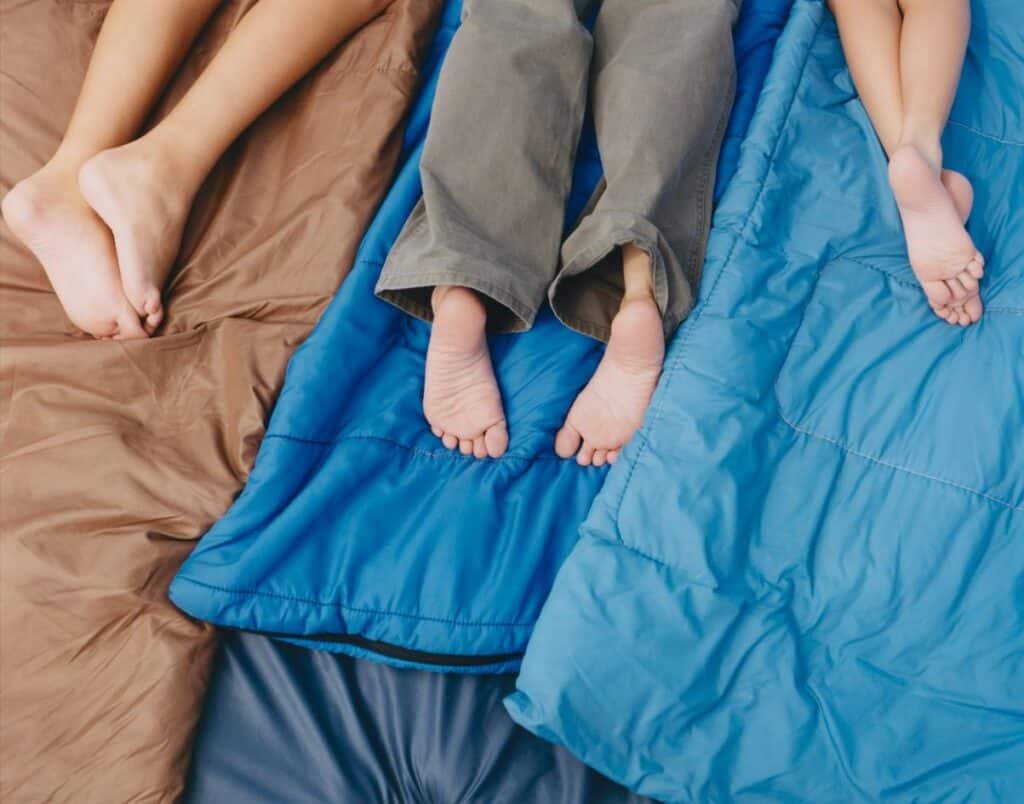
Types of sleeping bags
There are three main types of sleeping bags: mummy bags, rectangular bags, and quilt bags. Each type has its own advantages and is suitable for different sleeping preferences and conditions. Understanding the differences between these types will help you choose the best sleeping bag for your needs.
- Mummy bags: These sleeping bags are designed to closely fit the shape of your body, providing maximum warmth and insulation. They are narrower at the feet and wider at the shoulders, resembling the shape of a mummy. Mummy bags are ideal for cold weather camping or backpacking trips where weight and packability are important.
- Rectangular bags: As the name suggests, rectangular bags have a more traditional shape and offer more room to move around. They are great for car camping or casual sleepovers, providing ample space and comfort. However, rectangular bags may not provide the same level of insulation as mummy bags in colder temperatures.
- Quilt bags: Quilt bags are a hybrid between a sleeping bag and a blanket. They offer the versatility of being able to be used as a blanket when fully unzipped or as a sleeping bag when zipped up. Quilt bags are lightweight and packable, making them a popular choice for backpackers and hikers.
Features to look for in a sleeping bag
When choosing a sleeping bag, there are several features to consider that will affect its performance and suitability for different conditions.
- Insulation: The insulation of a sleeping bag determines its ability to retain heat. There are two main types of insulation: down and synthetic. Down insulation, usually made from duck or goose feathers, is lightweight and provides excellent warmth. Synthetic insulation, on the other hand, is more affordable, retains heat even when wet, and dries quickly. Consider the climate and weather conditions you’ll be camping in to determine the best insulation type for your needs.
- Temperature rating: Every sleeping bag comes with a temperature rating that indicates the lowest temperature at which it can keep you comfortable. It’s important to choose a sleeping bag with a temperature rating suitable for the climate you’ll be camping in. Keep in mind that personal preferences and metabolism also play a role in determining the right temperature rating for you. If you tend to get cold easily, consider opting for a sleeping bag with a lower temperature rating.
- Weight: If you’ll be carrying your sleeping bag for extended periods, weight becomes an important consideration. Lightweight sleeping bags are typically more expensive but can make a significant difference in your overall backpack weight. Consider the length and type of your camping trips to determine the optimal weight for your sleeping bag.
By carefully considering the type, insulation, temperature rating, and weight of a sleeping bag, you can narrow down your options and choose the best one for your specific needs.
Types of Sleeping Bags
When it comes to choosing a sleeping bag, there are several types to consider. Each type has its own unique features and benefits, so it’s important to understand the differences before making a purchase. Let’s take a closer look at three popular types of sleeping bags: mummy bags, rectangular bags, and quilt bags.
Mummy Bags
Mummy bags are a popular choice among outdoor enthusiasts due to their efficient design and excellent thermal efficiency. These bags are tapered towards the foot end and have a hood that can be tightened around the head, providing a snug fit that helps retain body heat. The narrow design of mummy bags reduces the amount of open space inside, making them ideal for colder weather conditions.
One key advantage of mummy bags is their lightweight and compact nature, making them easy to carry during backpacking trips. They are often made with high-quality insulation materials such as down or synthetic fill, which provide excellent warmth-to-weight ratio. Mummy bags also come with a variety of features like draft collars, zipper baffles, and foot boxes to further enhance insulation and comfort.
Rectangular Bags
If you prefer a more spacious sleeping bag that allows for greater mobility and freedom of movement, rectangular bags are a great option. These bags have a rectangular shape, providing ample space for sleepers to stretch out and move around. Rectangular bags are often favored by campers who prioritize comfort over thermal efficiency.
One of the key advantages of rectangular bags is their versatility. They can be fully unzipped and used as a blanket or zipped together to form a double sleeping bag. This makes them ideal for couples or those who prefer a larger sleeping area. However, it’s important to note that rectangular bags may not offer the same level of warmth as mummy bags, especially in colder temperatures.
Quilt Bags
Quilt bags are a relatively new and innovative type of sleeping bag that combines the best of both worlds – the lightweight and compact nature of mummy bags with the spaciousness of rectangular bags. These bags feature a quilt-like design without a hood or zippers, providing maximum flexibility and freedom of movement.
Quilt bags are often used by ultralight backpackers and those who prioritize weight savings without compromising on comfort. They can be easily customized by adding or removing layers depending on the weather conditions, making them suitable for a wide range of temperatures. Quilt bags are typically made with lightweight and highly compressible materials like down, making them ideal for backpacking trips where space and weight are crucial.
In summary, mummy bags are perfect for cold weather camping, rectangular bags offer more space and versatility, while quilt bags provide a lightweight and flexible option for backpackers. Consider the type of camping or outdoor activities you’ll be engaging in to determine which sleeping bag type suits your needs best.
Best Sleeping Bags for Different Weather Conditions
When it comes to choosing a sleeping bag, it’s important to consider the weather conditions you’ll be facing. Sleeping bags are designed with different temperature ratings to ensure optimal comfort and warmth. Let’s explore the best sleeping bags for three different weather conditions: summer, three-season, and winter.
Summer Sleeping Bags
Summer sleeping bags are designed to keep you comfortable during warm nights when temperatures are above freezing. These bags are lightweight and highly breathable, allowing for maximum airflow to prevent overheating. They are often made with synthetic fill or lightweight down insulation to provide adequate warmth without causing discomfort.
One key feature to look for in a summer sleeping bag is a full-length zipper or the ability to fully unzip the bag, allowing for better ventilation. Some summer bags also come with mesh panels or vents to enhance airflow. When choosing a summer sleeping bag, consider factors such as weight, packability, and moisture resistance to ensure a comfortable and enjoyable camping experience in hot weather.
Three-Season Sleeping Bags
Three-season sleeping bags are versatile options that can be used in a wide range of temperatures, typically from spring to fall. These bags are designed to provide warmth and comfort in moderate weather conditions, making them suitable for most camping trips. They offer a balance between warmth and weight, making them a popular choice among outdoor enthusiasts.
When choosing a three-season sleeping bag, consider the temperature rating. The lower the temperature rating, the warmer the bag will be. Look for bags with features like draft collars, draft tubes, and hood cinches to enhance insulation and retain body heat. Three-season sleeping bags are often made with a combination of synthetic insulation and down fill, providing a good balance between warmth, weight, and affordability.
Winter Sleeping Bags
For cold winter nights and extreme weather conditions, a winter sleeping bag is essential to ensure warmth and protection. These bags are designed to provide maximum insulation and retain body heat in freezing temperatures. Winter sleeping bags are often made with high-quality down insulation or synthetic fill, which offer excellent warmth-to-weight ratio and moisture resistance.
When choosing a winter sleeping bag, consider the temperature rating and look for bags designed specifically for sub-zero temperatures. Look for features like draft collars, hood cinches, and draft tubes to prevent cold air from seeping in. Winter bags are generally heavier and bulkier than summer or three-season bags, so keep in mind the weight and packability if you’ll be carrying the bag on long backpacking trips.
In summary, choose a sleeping bag that is suitable for the weather conditions you’ll be facing. Summer bags are lightweight and breathable, three-season bags offer versatility, while winter bags provide maximum insulation and warmth. Consider the temperature ratings, insulation materials, and additional features to ensure a comfortable and cozy night’s sleep.
Top Sleeping Bag Brands
When it comes to investing in a high-quality sleeping bag, it’s important to choose a reputable and trusted brand. Here are three top sleeping bag brands known for their exceptional quality and performance: The North Face, Marmot, and REI.
The North Face
The North Face is a well-known brand in the outdoor industry, offering a wide range of high-quality camping and outdoor gear. Their sleeping bags are known for their durability, warmth, and innovative features. The North Face offers a variety of sleeping bags suitable for different weather conditions and activities, ranging from lightweight backpacking bags to expedition-grade winter bags.
One notable sleeping bag series from The North Face is the “Summit Series,” which includes bags designed for extreme cold and high-altitude expeditions. These bags are made with premium materials and advanced insulation technologies to ensure optimal warmth and comfort in extreme conditions. The North Face also offers a range of sizes and fits to cater to different body types and preferences.
Marmot
Marmot is another renowned brand that specializes in outdoor apparel and equipment, including sleeping bags. Marmot sleeping bags are known for their high-quality construction, excellent insulation, and attention to detail. They offer a wide range of bags suitable for various weather conditions and activities, from lightweight backpacking to mountaineering.
One popular sleeping bag series from Marmot is the “Phase” series, which includes bags designed for different seasons and temperatures. These bags are made with premium down insulation or synthetic fill, providing excellent warmth and compressibility. Marmot sleeping bags also feature innovative technologies like water-resistant down and body-mapped insulation for enhanced comfort and performance.
REI
REI, short for Recreational Equipment, Inc., is a trusted brand that offers a wide range of outdoor gear and apparel. Their sleeping bags are known for their quality, functionality, and value for money. REI offers a variety of sleeping bags suitable for different weather conditions and activities, making them a popular choice among outdoor enthusiasts.
One notable sleeping bag series from REI is the “Co-op” series, which includes bags designed for backpacking, camping, and mountaineering. These bags are made with high-quality materials and insulation to ensure warmth and comfort. REI sleeping bags also come with features like draft collars, hood cinches, and zipper baffles for enhanced insulation and convenience.
In summary, The North Face, Marmot, and REI are top sleeping bag brands known for their quality, durability, and performance. Consider your specific needs, preferences, and budget when choosing a sleeping bag from these trusted brands.
Sleeping Bag Care and Maintenance Tips
To ensure the longevity and performance of your sleeping bag, proper care and maintenance are essential. Here are some tips to keep your sleeping bag in top condition:
Washing and Drying
Sleeping bags should be washed and dried regularly to remove dirt, body oils, and other contaminants that can affect their performance. Follow the manufacturer’s instructions for washing your specific sleeping bag, as different materials and constructions may require different care methods.
Most sleeping bags can be machine washed on a gentle cycle using a mild detergent. It’s important to avoid using harsh chemicals, bleach, or fabric softeners, as they can damage the insulation and fabric. After washing, rinse the sleeping bag thoroughly to remove any detergent residue.
When it comes to drying, it’s recommended to air dry your sleeping bag rather than using a dryer, as excessive heat can damage the insulation. Hang the bag in a well-ventilated area, preferably outdoors or in a room with good airflow. You can also fluff the bag periodically during the drying process to redistribute the insulation.
Storing
Proper storage is crucial to maintain the loft and performance of your sleeping bag. Before storing, make sure the sleeping bag is completely dry to prevent the growth of mold or mildew. It’s also a good idea to store your sleeping bag in a breathable storage bag or cotton sack rather than a compressed stuff sack, as long-term compression can damage the insulation.
Avoid storing your sleeping bag in extreme temperatures or damp areas, as this can affect its insulation properties. It’s best to store the bag in a cool, dry place, away from direct sunlight and moisture. If possible, store the bag in a hanging position to prevent compression and maintain its loft.
Spot Cleaning
In between washes, you can spot clean your sleeping bag to remove any stains or dirt. Use a mild detergent and a soft brush or sponge to gently clean the affected area. Avoid scrubbing too vigorously, as this can damage the fabric or insulation. After spot cleaning, make sure to rinse the area thoroughly and allow it to dry completely before using or storing the bag.
Repairing
Over time, your sleeping bag may develop small tears or holes. It’s important to repair these damages promptly to prevent further tearing and maintain the integrity of the insulation. Most sleeping bags come with repair patches or kits that you can use to fix minor damages.
To repair a tear or hole, clean the affected area and apply the repair patch according to the manufacturer’s instructions. Make sure the patch is securely attached and covers the entire damaged area. For larger or more complex repairs, it’s recommended to seek professional help or contact the manufacturer for guidance.
In summary, proper care and maintenance are crucial to ensure the longevity and performance of your sleeping bag. Follow the manufacturer’s care instructions, wash and dry the bag regularly, store it properly, spot clean as needed, and repair any damages promptly to keep your sleeping bag in top condition for years to come.
How to choose the right sleeping bag for your needs
When it comes to choosing the right sleeping bag, there are several factors to consider. The first and most important factor is insulation. Insulation is what keeps you warm during those chilly nights in the great outdoors. There are three main types of insulation: down, synthetic, and hybrid.
Down insulation is known for its exceptional warmth-to-weight ratio. It is made from the soft, fluffy feathers found underneath the outer feathers of waterfowl such as ducks and geese. Down sleeping bags are lightweight, compressible, and incredibly warm. However, they can be quite expensive and lose their insulating properties when wet.
Synthetic insulation, on the other hand, is made from man-made materials such as polyester. Synthetic sleeping bags are often more affordable than down bags and retain their insulating properties even when wet. They are also hypoallergenic, making them a great choice for those with allergies. However, they tend to be bulkier and less compressible than down bags.
If you’re looking for the best of both worlds, a hybrid sleeping bag might be the perfect option for you. Hybrid bags combine both down and synthetic insulation to offer the benefits of both materials. They are typically more affordable than pure down bags and provide better moisture resistance than pure synthetic bags. Hybrid bags are a great choice for those who want the warmth and compressibility of down with the added durability and moisture resistance of synthetic insulation.
The next factor to consider is the temperature rating of the sleeping bag. Temperature ratings indicate the lowest temperature at which a bag will keep you warm. It’s important to choose a bag with a temperature rating suitable for the conditions you’ll be camping in. Keep in mind that temperature ratings can vary between brands, so it’s always a good idea to check the specific rating for the sleeping bag you’re interested in.
For summer camping or mild weather conditions, a sleeping bag with a temperature rating of around 30°F to 50°F (-1°C to 10°C) should be sufficient. These bags are lightweight and offer good breathability, making them comfortable for warmer nights. If you’re planning on camping in colder temperatures, look for a bag with a temperature rating of 10°F to 30°F (-12°C to -1°C). These bags are designed to keep you warm in freezing temperatures and often have additional features such as draft tubes and hoods for added insulation.
Weight is another important factor to consider, especially if you’ll be carrying your sleeping bag on a backpacking trip. Lightweight sleeping bags are designed to minimize weight without sacrificing warmth and comfort. They are made from lightweight materials and often have a more streamlined shape to reduce bulk. Keep in mind that lightweight sleeping bags may come with a higher price tag, so it’s important to find a balance between weight and budget.
In addition to insulation, temperature rating, and weight, there are a few other features to consider when choosing a sleeping bag. One important feature is the shape of the bag. Sleeping bags come in several shapes, including rectangular, mummy, and semi-rectangular. Rectangular bags offer more room to move around but may not be as warm as mummy bags. Mummy bags, on the other hand, are snugger and more form-fitting, providing better insulation but less room for movement.
Another feature to consider is the length of the sleeping bag. Most sleeping bags come in regular and long sizes. It’s important to choose a bag that is long enough to accommodate your height comfortably. If you’re unsure about the length, it’s always a good idea to try the bag on before purchasing or check the manufacturer’s sizing guide.
Lastly, don’t forget to consider the durability and quality of the sleeping bag. Look for bags made from high-quality materials that are designed to withstand wear and tear. Reinforced stitching, durable zippers, and water-resistant coatings are all signs of a well-made sleeping bag that will last for years to come.
By considering these factors and finding the right balance between insulation, temperature rating, weight, shape, length, and durability, you’ll be well on your way to finding the perfect sleeping bag for your needs. Remember, a good night’s sleep starts with the right gear, so invest in a high-quality sleeping bag and get ready for nights filled with sweet dreams and restful slumber.
Conclusion and final thoughts
In conclusion, finding the best sleeping bag for a good night’s sleep is essential for any camping or outdoor adventure. By considering the insulation, temperature rating, weight, shape, length, and durability of a sleeping bag, you can ensure maximum comfort and warmth throughout the night. Whether you prefer the lightweight warmth of a down sleeping bag, the affordability and moisture resistance of a synthetic bag, or the versatility of a hybrid bag, there is a perfect sleeping bag out there for you.
Remember to choose a sleeping bag with the appropriate temperature rating for the conditions you’ll be camping in, and consider the weight if you’ll be carrying it on a backpacking trip. The shape and length of the bag should also be taken into account to ensure a comfortable fit. Lastly, prioritize durability and quality to ensure your investment lasts for years to come.
So, why settle for sleepless nights and uncomfortable camping experiences? Invest in the best sleeping bag for your needs and unlock the secret to a good night’s sleep. With the right sleeping bag, you’ll wake up refreshed, rejuvenated, and ready to take on the day with a smile on your face. Sweet dreams!


